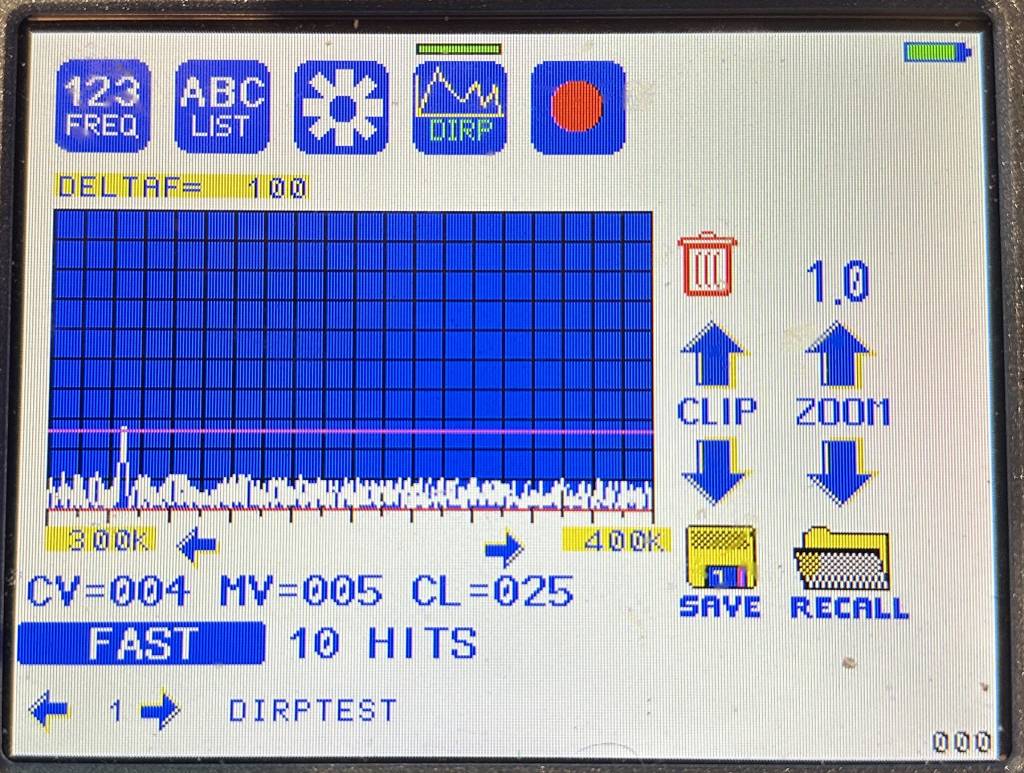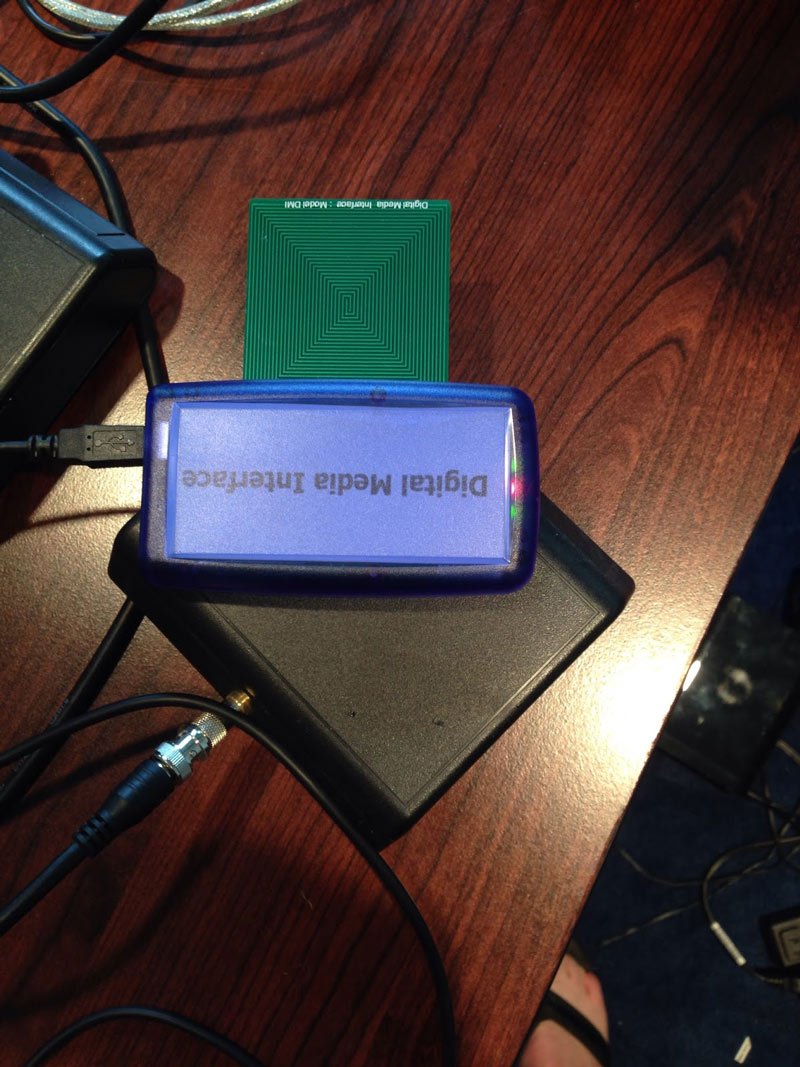We Started Experimenting with the Advanced Biophoton Integrator and the FSCAN
In the last century, Alan Back invented the Advanced Biophoton Integrator (ABPA) based on years of work in military secret labs. The device operated with Polaroid photos because an Army U.S. Patent showed that the emulsion in the Polaroid photo resonated with the person in the photo for up to six months after the photo was taken. Remote transmission was based on ultralow frequency carrier waves used to communicate with nuclear submarines on the bottom of the ocean on the other side of the planet.
I purchased one of these machines because it was reported that in agricultural plots, yields were higher when a Polaroid photo of a plot was put in the ABPA compared to a control plot right next to it. This was because the creator of modern statistics, R.A. Fisher, based all his early work on agricultural plots case/control studies. As a doctoral student in Biostatistics, I was thoroughly trained in R.A. Fisher’s rigorous analysis. He not only invented modern experimental design used in all clinical trials, he was the inventor of modern population genetics.
I thoroughly tested the ABPA using applied kinesthesiology to produce dramatic and directly verifiable physical results and proved quickly that it worked as advertised. It does many things to balance the energy of a person, animal, or plot of land in a Polaroid photo. At the same time, I was working with a Swiss medical device called the FSCAN which uses electrodes to pulse the body with low voltage frequencies and listens for resonance to draw a chart of resonance response spikes when the device hits a pathogen frequency. This frequency can then be used to kill the pathogen when applied through electrode contacts.

The question was, could the frequencies generated by the FSCAN kill a pathogen at a distance if the wires from the electrodes were positioned properly under the ABPA, since the ABPA would transmit the frequencies to a person in the Polaroid photo anywhere in the world. This turned out to work and this research stimulated many fellow researchers around the world including the inventor of Spooky 2.
I then worked with Alan Back, the inventor of the ABPA, to get a connector that would properly wire the FSCAN to the ABPA. Alan also had a green antennae for the ABPA that amplified output. These improvements increased power transmission by orders of magnitude.
We Then Engineered a Way to Use Digital Photos with the Advanced Biophoton Integrator
The second major step was a request from one of my clients. Since I was constantly traveling around the world, I could not physically change the Polaroid photo in the ABPA unless I was home in my lab. The client suggested I invent a way to use digital photos so he could be treated while I was traveling. I found this could be achieved by using a Sony Memory Stick with a photo positioned in a precise way in the Polaroid photo well of the ABPA.
When Alan Back heard about this, he flew to my lab and spent a couple of days looking at results. He pointed out that I was bypassing all the safety features of the ABPA by using this hack and that I was losing 80% of the power effect if the person in the photo was not in the same location where the photo was taken. He committed to create a device that would solve these two problems.
Two years later, Alan started production of the Digital Media Interface (DMI) which uses advance technology to target the person in the photo in 3-space. He apparently uses some of the same technology that fighter pilots I flew with used in the Vietnamese war to target radar sites that were about to launch SAM missiles. In my view, this device is even more sophisticated than the ABPA. It radically increased the effectiveness of remote transmission of frequencies.
Working with Dale and Carol Fawcett We Invented the SG1 and SG2 as Alternative Scalar Transmitters
These joint inventions, combined with a new technology called the Star Gate 2 (SG2) as an alternative transmission device made remote transmission of frequencies hundreds of times more effective so that today, remote transmission is better that applying direct electrical contacts or direct exposure to plasma devices for most purposes. Even though I have multiple direct contact devices, both electrode and plasma based, I use remote transmission almost exclusively to treat myself and my family.
Work with digital photos over two decades showed how to take these photos for maximum effect. However, because of Arthur C. Clarke’s three laws about writing about the future, to the uninitiated, this seems like magic.
- When a distinguished but elderly scientist states that something is possible, he is almost certainly right. When he states that something is impossible, he is very probably wrong (this is why Wikipedia is often wrong).
- The only way of discovering the limits of the possible is to venture a little way past them into the impossible (this is what we did to invent this technology).
- Any sufficiently advanced technology is indistinguishable from magic (so the average person does not know how to take the best photo for Photoanalysis).
The Hadoscan was Adopted for Scanning Patients and Improved with the Hunter 4025 and Biofilia Scanners
Over a decade ago we began working with the inventor of the Hadoscan, a fronted to technology developed during the Cold War by Russian, French, British, and American scientists (their names are embedded in the code). Most of the clinical trials were done in Russia and the technology continues to be enhanced by the Institute of Practical Psychophysics in Russia. It is used in leading Russian hospitals and clinical trials show it is three times as effective as radiology exams. As a former Professor of Radiology I have verified this in practice by scanning thousands of patients.
The scanner uses special earphones to pulse the brain with electromagnetic frequencies and listen to the response which can be linked to every organ system in the body down to the cellular level. A massive database is created on every scan. We use pathologies, allergens, pathogens, allotropic medicines, homepathic medicines, toxins, minerals, amino acids, heavy metals in hair, and vitamins identify to product frequency sets for each scan for each client.
We did a lot of experimentation with the Hadoscan, the DMI, and SG1 to see if proper placement of earphones on the SG1 would work as well as having headphones on the physical patient. When we got this to work, the development of the SG1 and then SG2 was enhanced specifically for this feature. We could now scan any patient on the planet at any time and get accurate results even better with the newer Hunter 2025 and Biofilia scanners.
We Need the Right Photos for the Best Results
This brings us to the requirements for the best digital photos for Photoanalysis and frequency transmission developed from over 20 years of inventing and testing this process.
- The DMI targets the person in 3-space based on the number of pixels in the photo, particularly of the parts of the body with the most information content – the head, the palms, and the soles of the feet.
- The more megabytes in size of the photo (with the image of the person taking up the maximum amount of the frame in the photo) the more resonance is generated in the person for specific frequencies that kill pathogens, eliminate toxins or allergies, or even kill cancer cells.
- The clarity and resolution of the photo is critical. Any retouching of the photo (normal for an iPhone) will radically reduce the effectiveness of the photo. RAW images are essential. Also if the photo is taken with a tripod it will double the resolution of the photo and double the power output of the ABPA or SG2.
- Pathogens are smart enough to run to parts of the body not in the photo to avoid destruction. For most purposes, a whole body photo in best. Many pathogens rush to the feet as the safest place with a standing photo so a photo sitting with the soles of the feed showing is used to avoid this problem. A photo of the back is often useful as well.
Almost any device today will create a 2MB unretouched image if set up properly and this will suffice for good results from Photoanalysis. The best photos use today are from an iPhone Pro set to RAW mode and 48MB images. They are over a dozen times more effective than other photos tested even compared to a NIKON camera. For some reason, Apple has been able to produce remarkable high resolution RAW images. For other iPhones, the Moment Pro Camera app set to RAW mode produces outstanding results.
The bottom line is that Photoanalysis is not magic. It is advanced technology invented by some of the best minds on the planet. The transmissions work perfectly every time (although healthcare improvements are dependent on the exactness of the frequencies) and they work best when photos are precisely taken in exactly the right way.
Instructions for Photos: Remote transmit power of the Frequency Research Lab Setup is directly proportional to quality and size of high resolution digital photos. The best photos (20-60 times better) today are produced by iPhone 12 Pro cameras or newest with the latest iOS in RAW mode (normal mode produces modified photos which do not work properly). Photos taken with an iPhone Tripod will be at least 2 times better because of improved resolution. See the Apple support site for how to turn on RAW mode.
A new iPhone 14 just produced a 92MB perfect RAW image of dog who is a client in the Frequency Research Foundation Photoanalysis Clinic (we help people, dogs, and buildings). Consider this in comparison to a typical 2MB JPEG file image which is altered by the iPhone software. The RAW image is more than 50 times better. This will radically reduce run times and the power output will overwhelm pathogens better than direct connect physical devices.
Users with other iPhone models will need to use the Moment Pro Camera App in RAW mode.
